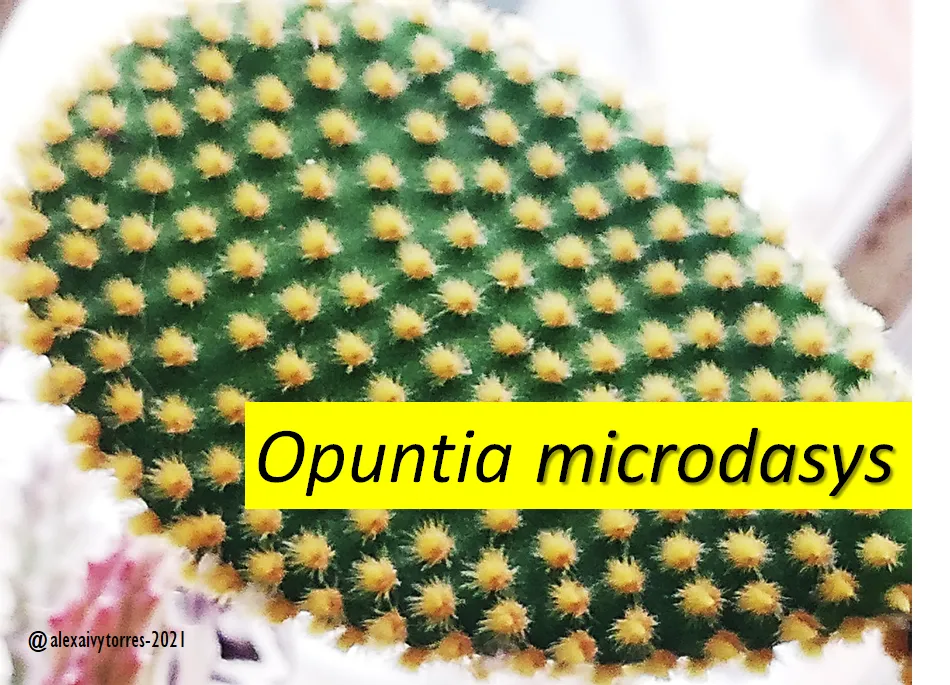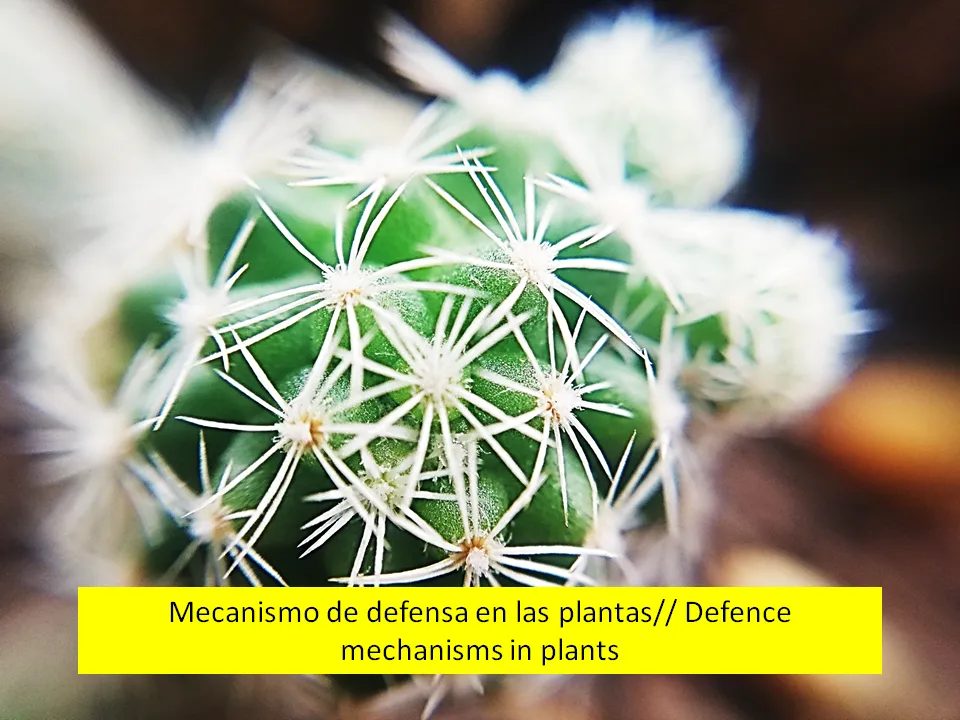
A veces, la mayoría de las personas no entiende el valor que tienen las plantas en el ecosistema. Los animales, desde los invertebrados hasta los vertebrados, llaman mucho más la atención; sim embargo, sin las plantas la vida de todos no sería posible.
Sometimes, most people do not understand the value of plants in the ecosystem. Animals, from invertebrates to vertebrates, attract much more attention, but without plants, life would not be possible for everyone.

Los animales que se alimentan de plantas, reciben mucha más energía que los carnívoros, pues en cada eslabón de la cadena, se pierde un porcentaje en forma de calor, y esa es la causa de que existan más herbívoros que depredadores. Los animales que se alimentan de plantas mantienen un tipo de actividad predatoria, y en vista de que estas no pueden moverse, han desarrollado mecanismos ingeniosos para no ser desaparecidas en su totalidad.
Animals that feed on plants receive much more energy than carnivores, because at each link in the chain, a percentage is lost in the form of heat, which is why there are more herbivores than predators. Animals that feed on plants maintain a type of predatory activity, and since they cannot move, they have developed ingenious mechanisms to avoid being wiped out altogether.

Las adaptaciones estructurales han sido elementales para defenderse de los consumidores primarios. Algunas son morfológicas y pueden verse a simple vista, como las espinas, pero otras son químicas. Se habla entonces de sustancias secundarias que, provienen de reacciones metabólicas y esto genera un efecto alelopático que, evita la competencia entre ellas mismas, y se hace desagradable para los herbívoros.
Structural adaptations have been elementary to defend themselves against primary consumers. Some are morphological and can be seen with the naked eye, such as spines, but others are chemical. These are secondary substances which come from metabolic reactions and this generates an allelopathic effect which prevents competition between them and makes them unpalatable to herbivores.
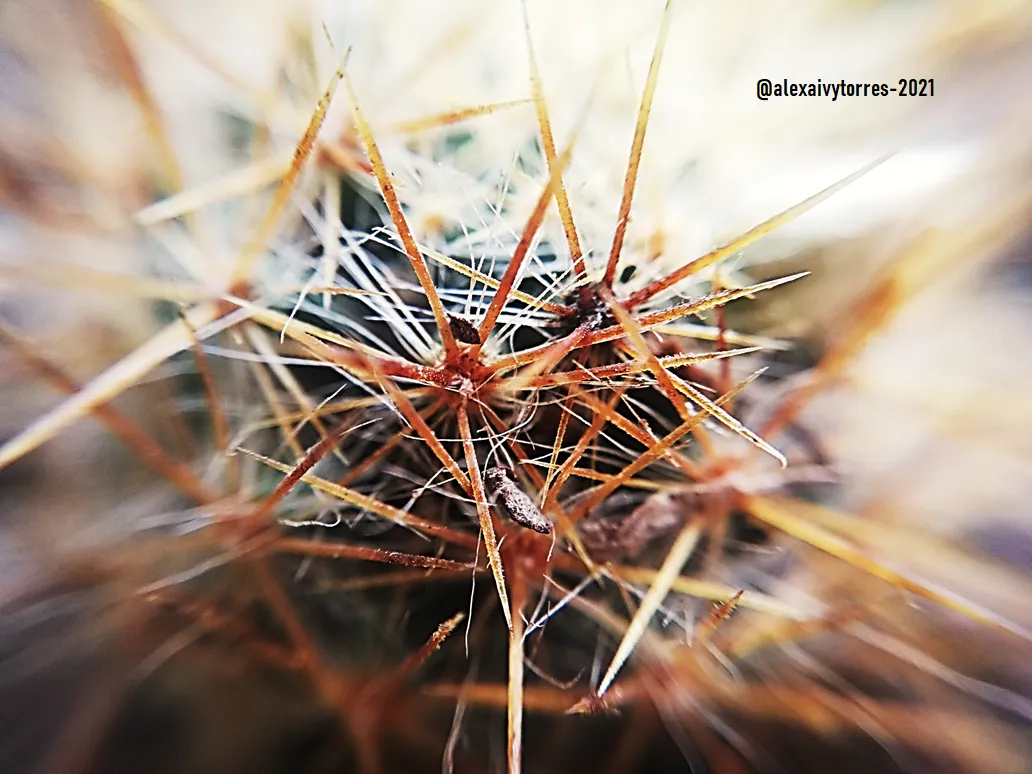
Los taninos, presente en algunas hojas, constituye también una barrera protectora, pues proporcionan un sabor desagradable y esto disminuye su consumo. Sin embargo, la misma selección natural ha hecho que algunos insectos logren disminuir el efecto de los taninos y logran alimentarse de ellas, pero se ha reducido considerablemente el número de predadores.
Tannins, which are present in some leaves, also constitute a protective barrier, as they provide an unpleasant taste, which reduces their consumption. However, natural selection itself has meant that some insects have managed to diminish the effect of tannins and feed on them, but the number of predators has been considerably reduced.

Las hormigas también han creado alianzas con ciertas plantas, como las acacias y a esto llamamos coevolución ¿Qué quiere decir esto? Que las hormigas invaden el árbol disminuyendo el ataque de los herbívoros, a quienes atacan ante cualquier contacto. LA planta recibe protección y el insecto alimento ¡Muy interesante!
The ants have also created alliances with certain plants, such as acacias, and we call this co-evolution. It means that the ants invade the tree, reducing the attack of herbivores, which they attack at any contact. The plant receives protection and the insect receives food.
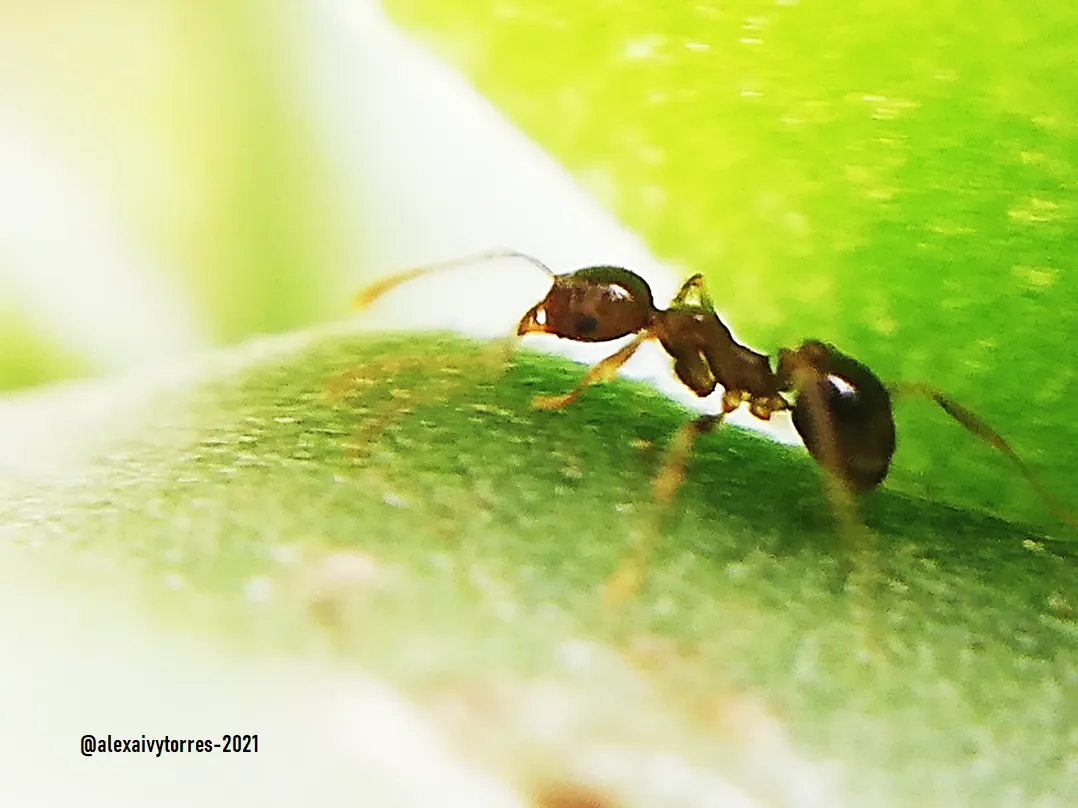
Todas estas situaciones nos dejan ver que las plantas, a pesar de que no tienen movimiento han respondido a los retos evolutivos que se presentan en la naturaleza. La pared celular, rígida para proteger, pero laxa para crecer, también es un mecanismo para separarse del sustrato y hacer que solo aquellos animales que tengan cierta altura, puedan depredarlos.
All these situations show us that plants, even though they have no movement, have responded to the evolutionary challenges that arise in nature. The cell wall, rigid for protection but lax for growth, is also a mechanism for separating from the substrate so that only animals of a certain height can prey on them.
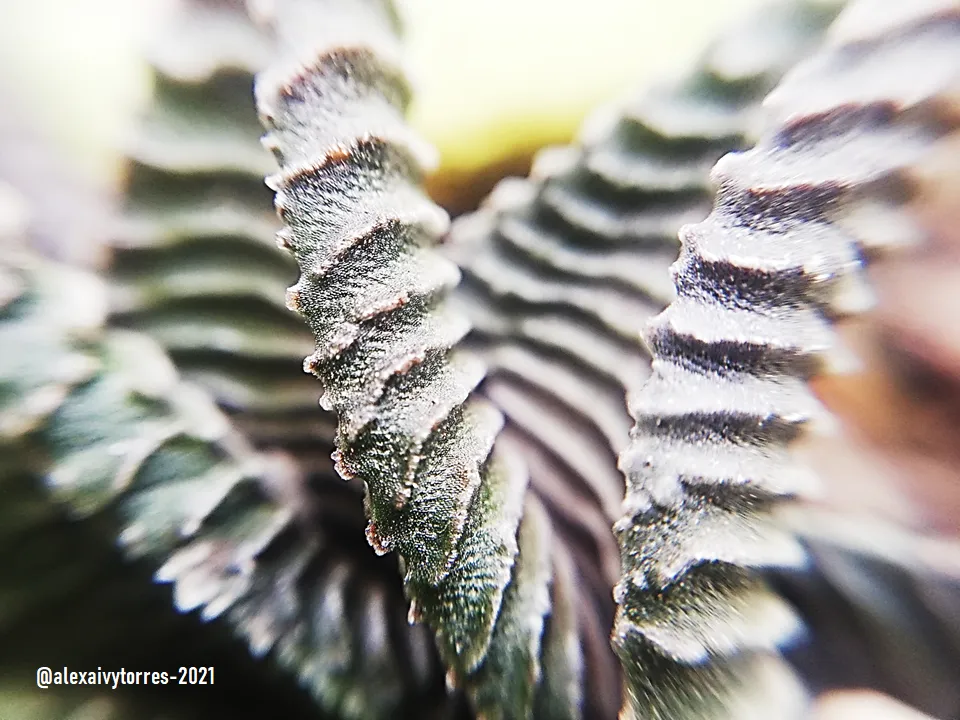
Además, muchas han conseguido la manera de dispersarse a través de las semillas que quedan en las heces de quien la consume y esto es una forma de asegurar la diversidad en el planeta. En otros casos, otras se adhieren al cuerpo de los animales, para ser movidas hacia otros sitios y crecer.
In addition, many have managed to disperse through the seeds left in the faeces of those who consume them, and this is a way of ensuring diversity on the planet. In other cases, others attach themselves to the bodies of animals, so that they can be moved to other places and grow.
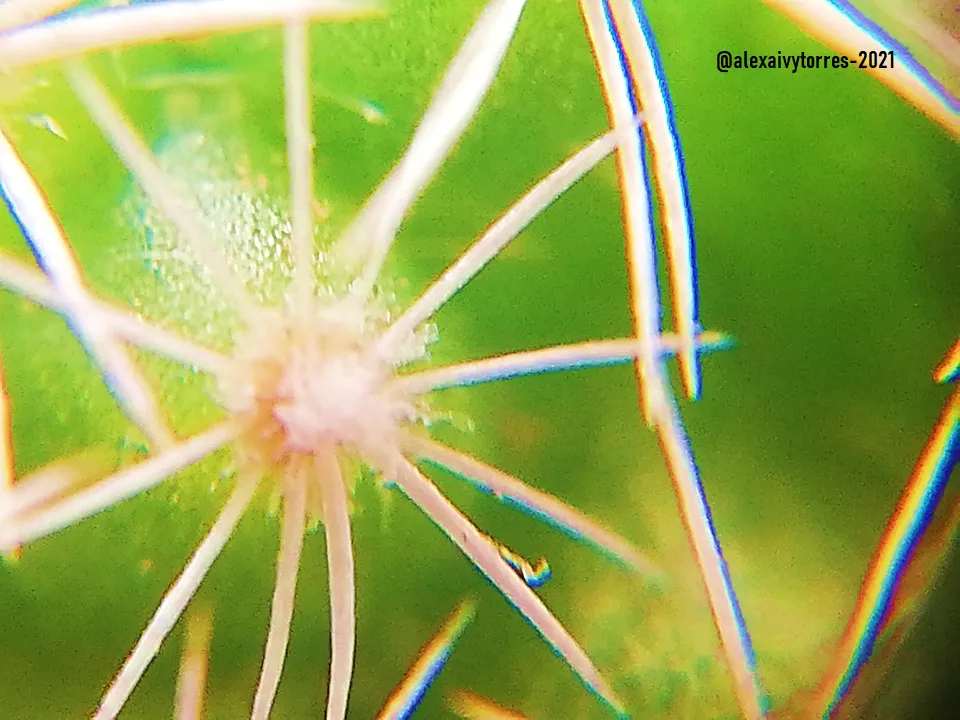
Podemos apreciar entonces que, la naturaleza es asombrosa y los mecanismos de defensa de las plantas nos hace ver que han sido años de evolución y que, gracias a ello, el Reino Vegetal se mantiene vigente dentro de los ecosistemas.
We can see then that nature is amazing and the defence mechanisms of plants make us see that it has been years of evolution and that, thanks to this, the plant kingdom remains in force within the ecosystems.
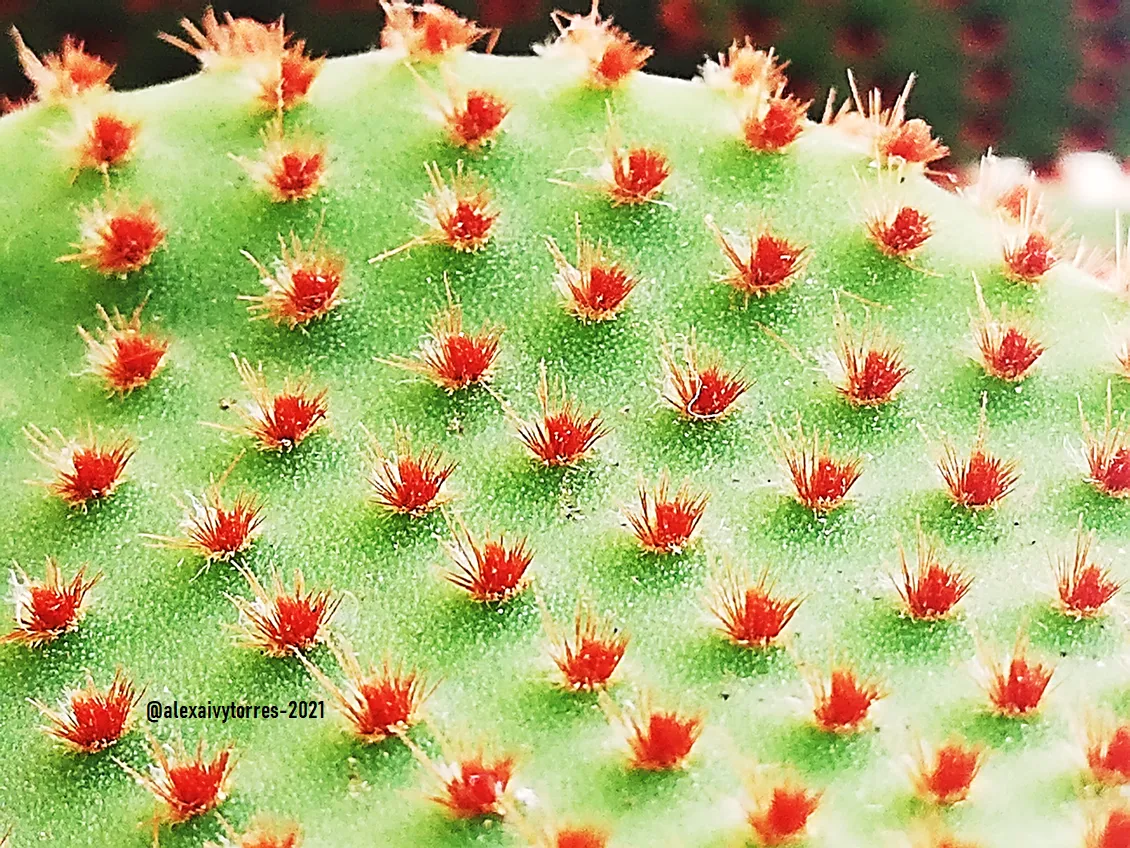
Las fotografías pertenecen a mi autoria y fueron capturadas con Huawei P20, camara Leica. SE adaptaron lentillas macro y micro para conseguir mejores detalles.
The pictures belong to me and were taken with Huawei P20, Leica camera. Macro and micro lenses were adapted to get better details.
Gracias por leer // Thank you for reading
Referencias
Krebs, C. (1985) Ecología. Harla : México


